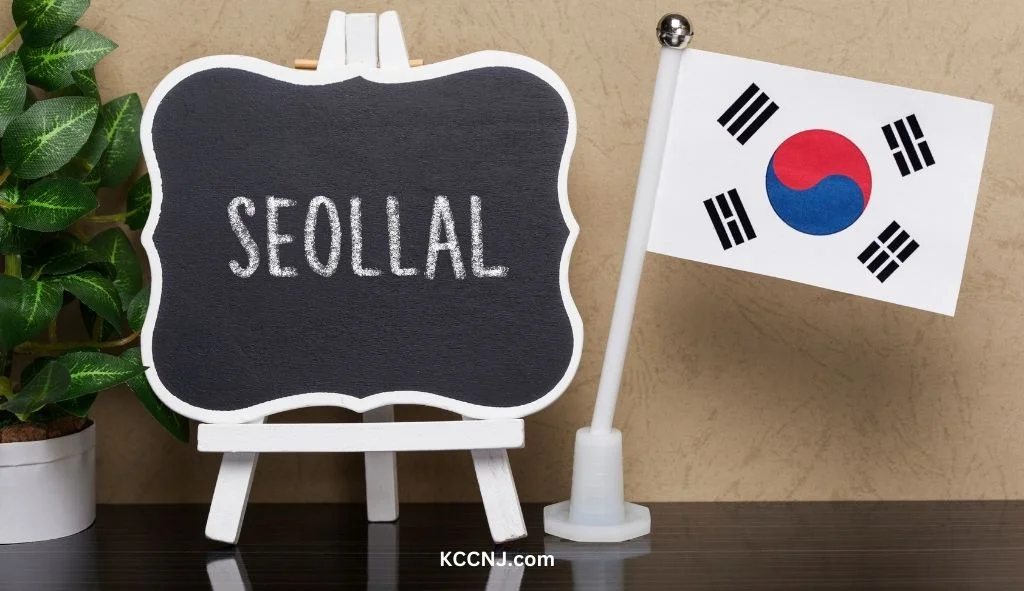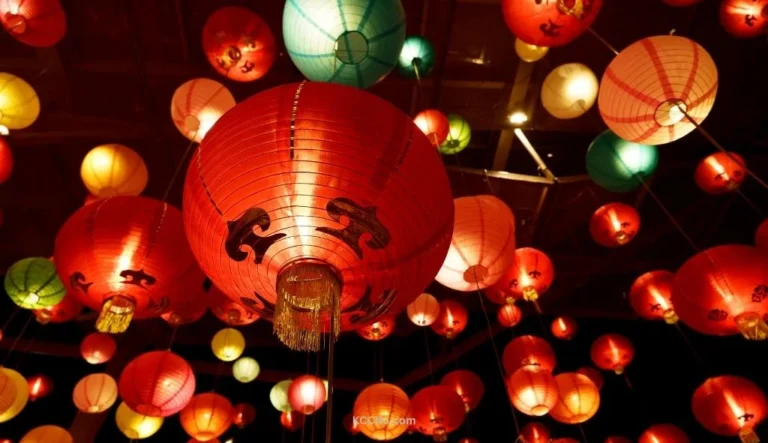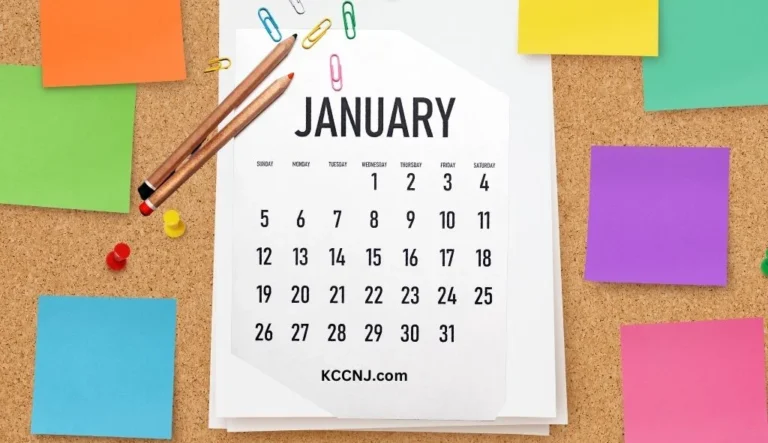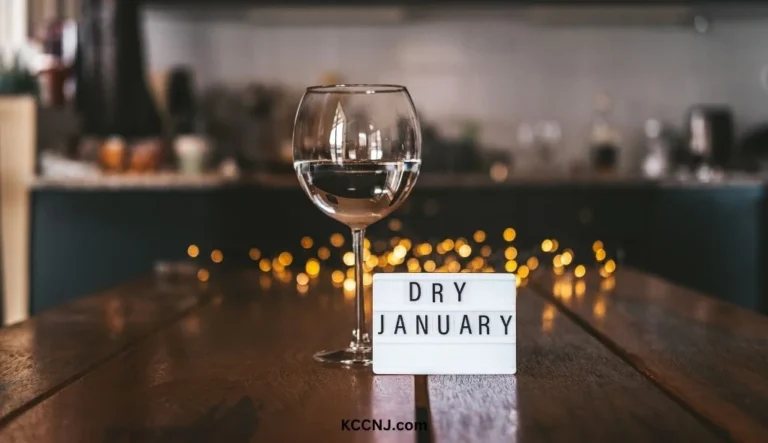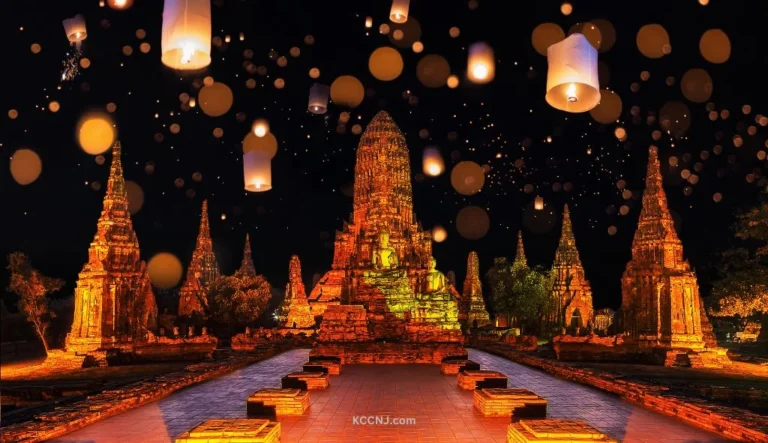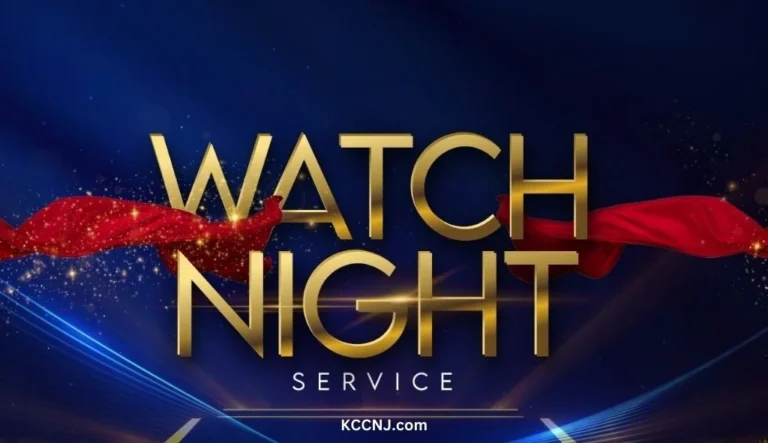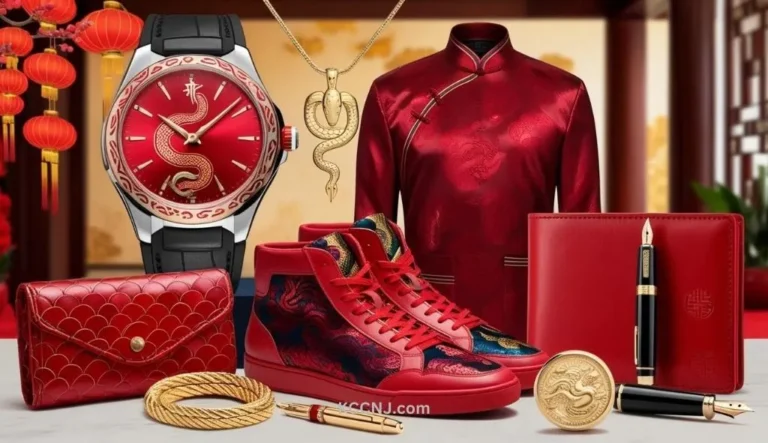Seollal 2025: Korean Lunar New Year Date & Celebrations
Seollal 2025, the Korean Lunar New Year, falls on January 29th. This three-day celebration from January 28th to 30th is a major holiday in South Korea, marked by family gatherings, traditional customs, and cultural festivities.
What is Seollal?
Seollal, or Korean Lunar New Year, is one of the most significant holidays in South Korea. It marks the beginning of the lunar calendar and is celebrated with great enthusiasm across the country. The holiday typically lasts for three days, giving families ample time to travel to their hometowns and celebrate together.
Origins and Significance
Seollal has deep roots in Korean culture and history. It is a time for honoring ancestors, strengthening family bonds, and welcoming the new year with hope and positivity. The holiday is based on the lunar calendar, which explains why its date varies each year on the Gregorian calendar.
Cultural Importance
For Koreans, Seollal is more than just a holiday; it’s a cultural cornerstone. It provides an opportunity for families to come together, often traveling long distances to reunite with relatives. The holiday is steeped in traditions that have been passed down through generations, making it a crucial part of Korean cultural identity.
When is Seollal 2025?
In 2025, Seollal falls on Wednesday, January 29th. However, the official holiday period extends from Tuesday, January 28th to Thursday, January 30th, giving Koreans a three-day break to celebrate with their families.
Public Holiday Dates
The public holiday dates for Seollal 2025 are:
- January 28, 2025 (Tuesday): Day before Seollal
- January 29, 2025 (Wednesday): Seollal
- January 30, 2025 (Thursday): Day after Seollal
Extended Holiday Period
Many Koreans take additional days off work to extend their holiday, either before or after the official dates. This allows for longer family visits and more time to participate in traditional activities.
Traditional Customs and Activities
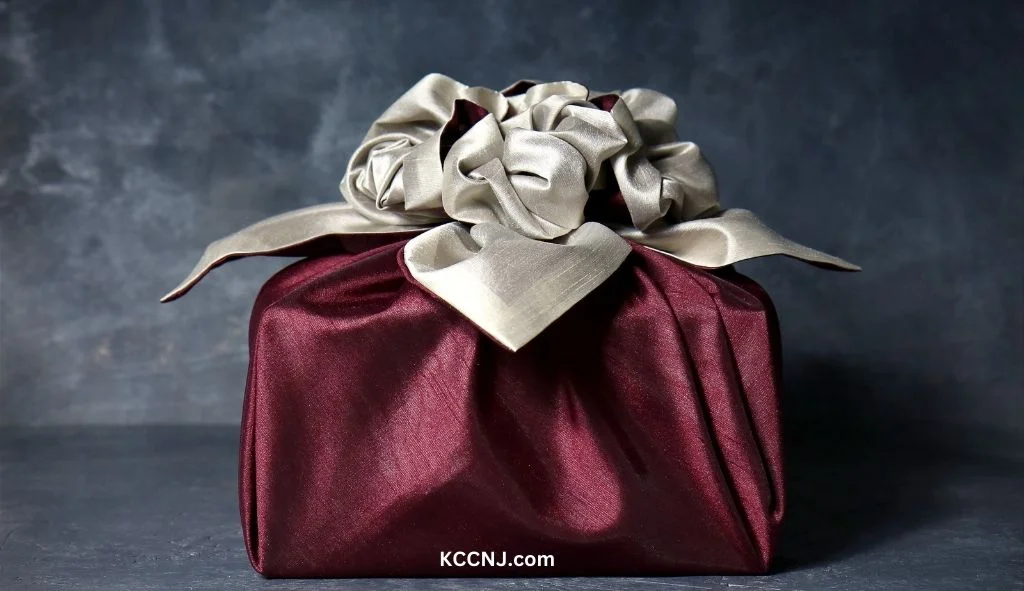
Seollal is rich with customs and activities that have been practiced for centuries. These traditions are an integral part of the holiday experience and help to maintain cultural continuity.
Charye Ceremony
One of the most important customs during Seollal is the Charye ceremony. This is a ritual where families pay respect to their ancestors by offering food and drinks. The ceremony is typically performed early in the morning of Seollal.
How Charye is Performed
- A special table is prepared with various dishes and drinks.
- Family members bow before the table, showing respect to their ancestors.
- Prayers are offered, asking for blessings and good fortune in the coming year.
- After the ceremony, the family shares the food that was offered.
Sebae: New Year’s Bow
Sebae is another important tradition during Seollal. It involves younger family members performing a deep bow to their elders as a sign of respect and to wish them a happy new year.
The Process of Sebae
- Younger family members dress in hanbok, traditional Korean clothing.
- They perform a deep bow to their elders, typically parents and grandparents.
- While bowing, they say “새해 복 많이 받으세요” (saehae bok mani badeuseyo), which means “Please receive a lot of good fortune for the new year.”
- In return, elders often give sebeatdon, a monetary gift, to the younger family members.
Traditional Games
Seollal is also a time for playing traditional Korean games. These games bring families together and add an element of fun to the holiday celebrations.
Popular Seollal Games
- Yutnori: A board game played with four wooden sticks and markers.
- Jegichagi: Similar to hacky sack, played with a paper-wrapped coin.
- Neolttwigi: A see-saw game where two people stand on opposite ends of a board.
Traditional Foods for Seollal
Food plays a central role in Seollal celebrations. Certain dishes are traditionally prepared and eaten during this holiday, each with its own significance.
Tteokguk: Rice Cake Soup
Tteokguk is the most iconic dish associated with Seollal. It’s a soup made with sliced rice cakes, usually in a beef broth.
Significance of Tteokguk
- Eating tteokguk symbolizes becoming a year older.
- The white color of the rice cakes represents purity and a fresh start for the new year.
- The round shape of the sliced rice cakes symbolizes coins, representing prosperity.
Other Traditional Seollal Foods
- Jeon: Pan-fried savory pancakes made with various ingredients.
- Japchae: Stir-fried glass noodles with vegetables and meat.
- Mandu: Korean dumplings filled with meat and vegetables.
- Galbi: Marinated and grilled short ribs.
Modern Celebrations of Seollal
While traditional customs remain an important part of Seollal, modern celebrations have evolved to incorporate new elements and adapt to changing lifestyles.
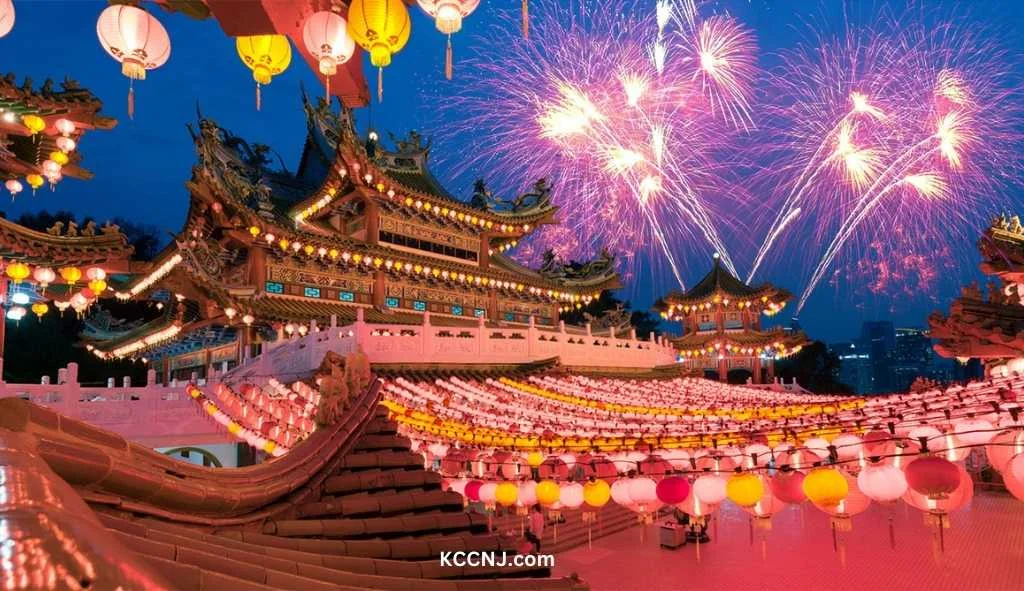
Urban Celebrations
In cities, where many people live far from their ancestral homes, Seollal celebrations have adapted.
Modern Urban Traditions
- Family gatherings in restaurants or hotels.
- Visiting local temples or cultural sites.
- Attending special Seollal events and performances.
Seollal Travel
The Seollal holiday period is one of the busiest travel times in South Korea. Millions of people travel to their hometowns or take vacations during this time.
Travel Considerations
- Book transportation and accommodations well in advance.
- Expect heavy traffic on roads and crowded public transportation.
- Consider alternative travel dates to avoid peak congestion.
Seollal for Foreigners in Korea
For foreigners in Korea during Seollal, the holiday offers a unique opportunity to experience Korean culture firsthand.
Cultural Experiences
Many cultural sites and organizations offer special Seollal programs for foreigners.
Seollal Activities for Foreigners
- Participating in traditional game workshops.
- Attending Seollal ceremonies at temples or palaces.
- Taking part in cooking classes for traditional Seollal dishes.
Travel Tips for Foreigners
If you’re a foreigner planning to be in Korea during Seollal, keep these tips in mind:
- Many businesses and attractions may be closed or have limited hours.
- Book accommodations and transportation well in advance.
- Consider staying in Seoul, where more businesses remain open.
Preparing for Seollal
Preparation is key to fully enjoying the Seollal holiday. Whether you’re a Korean resident or a visitor, there are several things to keep in mind.
For Korean Residents
If you’re living in Korea, start preparing for Seollal well in advance.
Preparation Checklist
- Plan travel arrangements early, especially if using public transportation.
- Purchase gifts for family members and elders.
- Prepare or purchase traditional foods for family gatherings.
- Clean and decorate the home for family visits.
For Visitors
If you’re planning to visit Korea during Seollal, consider these preparation tips:
- Book accommodations and transportation well in advance.
- Research which attractions and businesses will be open during the holiday.
- Learn basic Seollal greetings and customs to show respect for the culture.
Seollal Around the World
While Seollal is primarily celebrated in Korea, Korean communities around the world also observe this important holiday.
Global Korean Communities
Korean diaspora communities in countries like the United States, Canada, and Australia often organize Seollal events and celebrations.
International Celebrations
- Community gatherings featuring traditional foods and games.
- Cultural performances showcasing Korean music and dance.
- Educational events teaching about Seollal traditions to younger generations.
Cultural Exchange
Seollal celebrations in other countries often serve as a form of cultural exchange, introducing Korean traditions to a wider audience.
Promoting Korean Culture
- Public Seollal events in major cities with large Korean populations.
- Collaborations between Korean cultural centers and local organizations.
- Seollal-themed exhibitions in museums and cultural institutions.
Changes in Seollal Traditions
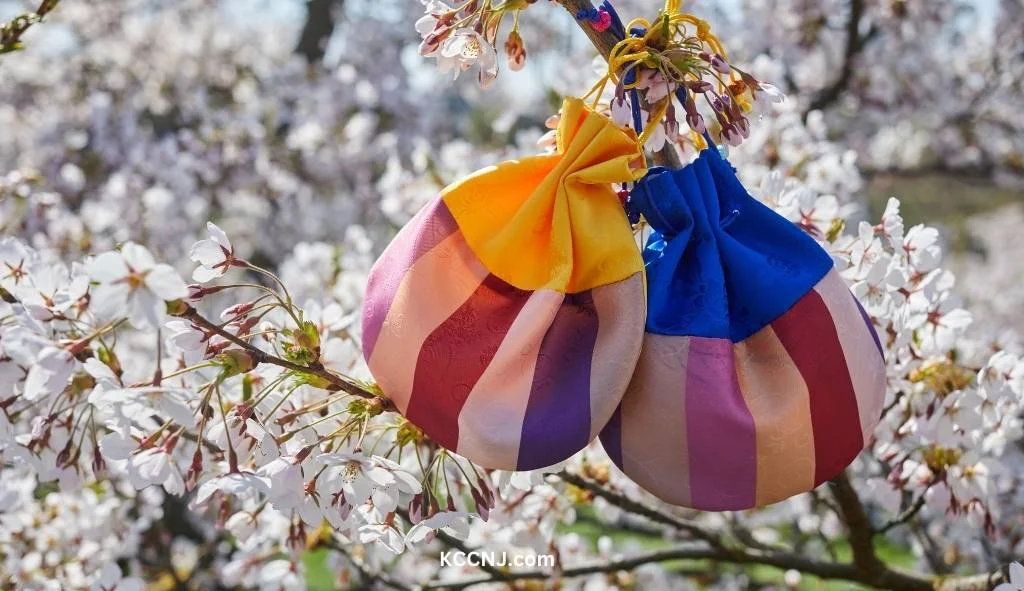
Like many traditional holidays, Seollal celebrations have evolved over time, adapting to changing societal norms and lifestyles.
Modernization of Traditions
Some aspects of Seollal have been modified to fit contemporary life.
Modern Adaptations
- Simplified Charye ceremonies in urban households.
- Use of ready-made foods for traditional dishes.
- Virtual sebae greetings for family members living far away.
Preservation Efforts
Despite changes, there are ongoing efforts to preserve the core traditions of Seollal.
Preservation Initiatives
- Government-sponsored cultural events promoting traditional Seollal customs.
- Educational programs in schools teaching about the significance of Seollal.
- Media coverage highlighting the importance of maintaining cultural heritage.
Health and Wellness During Seollal
While Seollal is a time of celebration, it’s also important to consider health and wellness during the holiday period.
Maintaining Balance
With abundant food and busy schedules, maintaining health during Seollal can be challenging.
- Practice portion control when enjoying traditional foods.
- Incorporate physical activities into family gatherings.
- Manage stress through relaxation techniques during busy travel periods.
Mental Health Considerations
For some, family gatherings and societal expectations during Seollal can be stressful.
- Set realistic expectations for family interactions.
- Take time for self-care amidst holiday activities.
- Seek support if feeling overwhelmed by holiday pressures.
Frequently Asked Questions
When is Seollal 2025?
Seollal 2025 falls on Wednesday, January 29th. The official public holiday period is from January 28th to January 30th, 2025.
How long does Seollal last?
Seollal is officially a three-day holiday in South Korea, including the day before and after the actual New Year’s Day.
What is the traditional food eaten during Seollal?
The most iconic dish is tteokguk, a soup made with sliced rice cakes. Other traditional foods include jeon (savory pancakes), japchae (stir-fried glass noodles), and various meat dishes.
What is sebae?
Sebae is the traditional New Year’s bow performed by younger family members to their elders as a sign of respect and to wish them good fortune for the new year.
Do people exchange gifts during Seollal?
Yes, gift-giving is common during Seollal. Popular gifts include fruits, health products, and money in silk pouches called bokjumeoni, especially given to children.
What do people wear for Seollal celebrations?
Many Koreans wear hanbok, traditional Korean clothing, especially for family gatherings and ceremonies.
Are businesses open during Seollal?
Many businesses, shops, and restaurants close during the Seollal holiday period. However, some tourist attractions and certain stores in urban areas may remain open.
What traditional games are played during Seollal?
Popular games include yutnori (a board game played with wooden sticks), jegichagi (similar to hacky sack), and kite flying.
How do you say “Happy New Year” in Korean?
The traditional New Year’s greeting is “새해 복 많이 받으세요” (saehae bok mani badeuseyo), which means “Please receive a lot of good fortune for the new year.”
Is Seollal the same as Chinese New Year?
While Seollal and Chinese New Year often fall on the same day and share some similarities, they are distinct holidays with unique Korean traditions and customs.
Happy new year from KCCNJ
Seollal 2025 promises to be a time of rich cultural experiences, family bonding, and national celebration in South Korea. Whether you’re a Korean resident, a member of the Korean diaspora, or a visitor interested in Korean culture, Seollal offers a unique opportunity to engage with centuries-old traditions while also experiencing how these customs have adapted to modern life.
As January 29, 2025, approaches, preparations will begin across the country and in Korean communities worldwide. From planning family gatherings and preparing traditional foods to participating in cultural events and embracing new ways of celebrating, Seollal remains a vibrant and essential part of Korean cultural identity.
Whether you’re bowing to elders, sharing a bowl of tteokguk, or sending digital greetings to loved ones far away, Seollal is a time to reflect on the past year, strengthen family bonds, and look forward to the opportunities and challenges of the new year ahead.

